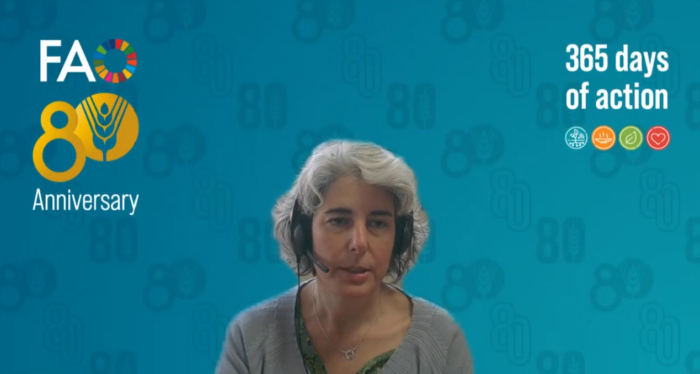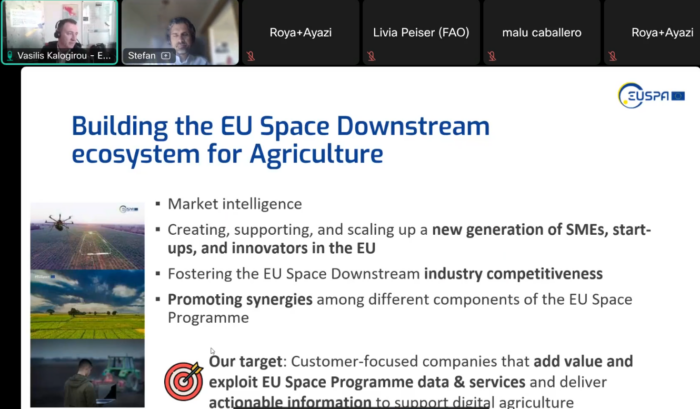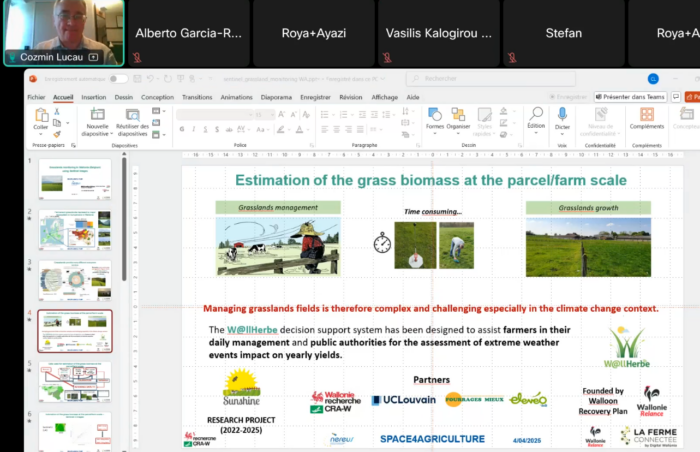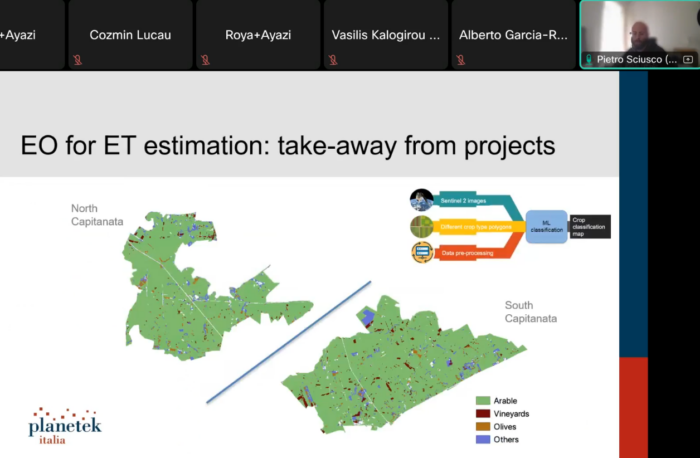On 4 April, NEREUS hosted a dedicated webinar exploring how space technologies are shaping the future of agriculture and food security. The event brought together experts from international organisations, EU institutions, regional stakeholders, and the private sector to discuss concrete applications and policy recommendations.
All presentation will be gradually uploaded. Click on the name of the speaker to download the presentation.
Presentation of the FAO/UNOSA Report
The session opened with remarks by Roya Ayazi, Secretary General of NEREUS, followed by the presentation of the new FAO/UNOOSA report “Leveraging Space Technology for Agricultural Development and Food Security“ by Livia Peiser (FAO). The report highlighted:
-
The transformative potential of space-based technologies in enhancing agricultural productivity, resilience, and food safety;
-
A clear call for collaborative approaches that integrate advanced technologies while addressing associated risks, such as space debris;
-
A structured look at the sector through three key lenses:
-
Upstream: Emphasising vital EO missions like Landsat and Copernicus;
-
Midstream: Focusing on data management and Spatial Data Infrastructure (SDI), with global frameworks like the UN-IGIF;
-
Downstream: Showcasing the use of platforms like the FAO Hand-in-Hand Geospatial Platform for agricultural monitoring and knowledge exchange.
-
The EUSPA Perspective on Downstream Innovation
Vasilis Kalogirou and Stefan Schneider from the EU Agency for the Space Programme (EUSPA) presented how the EU Space Programme supports the uptake of space technologies in agriculture. Their interventions highlighted:
-
Ongoing work within Horizon Europe to accelerate innovation;
-
Practical examples that deliver added value to farmers, cooperatives, and rural stakeholders.
Best Practices from the Regions
The session concluded with concrete examples from NEREUS member regions:
-
Wallonia (Belgium): Cozmin Lucau-Danila (CRA-W) demonstrated the use of Sentinel-2 images for grassland monitoring, improving sustainable land management practices;
-
Apulia (Italy): Pietro Sciusco (Planetek Italia)showcased an integrated approach using CROPWAT and Sentinel-2 data for estimating crop water needs in the Capitanata Irrigation Consortium.
These examples underscore how European regions are bridging the gap between innovation and implementation, turning Earth observation into actionable tools for local stakeholders.
Watch the full discussion:





